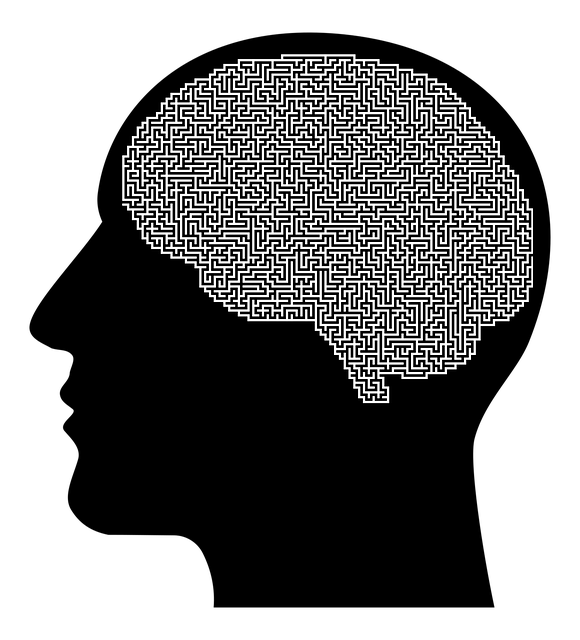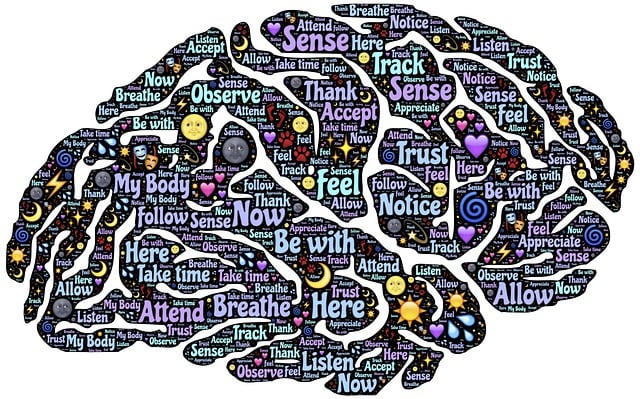Mental wellness programs like Lakewood Chronic Pain Therapy (LCPT) are vital for addressing societal mental health challenges, offering support for stress, anxiety, depression, and chronic pain. Evaluation of LCPT uses a multi-faceted approach combining quantitative metrics (pain scales, medication use tracking) with qualitative methods (patient interviews, focus groups). Pre-post surveys assess improvements in pain, mood, and self-esteem, while risk assessment identifies challenges. The field evolves with best practices, incorporating both quantitative and qualitative data for holistic understanding. Future directions include digital health metrics, community feedback, and public awareness campaigns to ensure LCPT and similar programs remain effective and responsive to participants' needs.
Mental wellness programs play a pivotal role in enhancing individuals’ overall well-being, especially those suffering from chronic conditions like pain. This article explores the critical process of evaluating such programs, using Lakewood Chronic Pain Therapy as a case study. We delve into assessing program effectiveness, examining popular evaluation methods, and discussing best practices. By understanding these approaches, we can optimize support for those navigating mental health challenges, ensuring interventions are tailored to real-world needs.
- Understanding Mental Wellness Programs and Their Importance
- Assessing the Effectiveness of Lakewood Chronic Pain Therapy
- Popular Evaluation Methods for Mental Health Interventions
- Best Practices and Future Directions in Program Evaluation
Understanding Mental Wellness Programs and Their Importance

Mental wellness programs play a pivotal role in fostering holistic well-being and addressing various mental health challenges prevalent in today’s society. These programs are designed to support individuals in managing stress, anxiety, depression, and other common mental health issues that can significantly impact daily functioning. One notable example is Lakewood Chronic Pain Therapy, which focuses on comprehensive pain management, offering a sanctuary for those grappling with chronic pain.
The significance of these initiatives lies not only in their ability to provide direct support but also in their potential to prevent more severe outcomes. Effective mental wellness programs can reduce the risk of burnout among healthcare providers, who are often at the forefront of delivering such care (Burnout Prevention Strategies for Healthcare Providers). Moreover, they facilitate early intervention and risk assessment (Risk Assessment for Mental Health Professionals), ensuring that individuals receive timely support before conditions escalate. Through structured activities, therapeutic interventions, and communication strategies, these programs create safe spaces where participants can navigate their mental health journeys with increased resilience.
Assessing the Effectiveness of Lakewood Chronic Pain Therapy

Evaluating the effectiveness of Lakewood Chronic Pain Therapy (LCPT) involves a multi-faceted approach that transcends simple patient reports. Quantitative methods, such as measuring pain intensity on standardized scales and tracking changes in medication use or disability levels, provide tangible metrics for gauging progress. Qualitative assessments, including patient interviews and focus groups, offer deeper insights into participants’ experiences, perceived benefits, and challenges encountered during the therapy process.
Beyond these traditional measures, LCPT’s impact extends to realms like stress management, mindfulness meditation, and emotional well-being promotion techniques. Incorporating pre- and post-program surveys that assess these areas can unveil the therapeutic program’s broader effects on individuals’ overall mental wellness. Such evaluations are crucial for refining LCPT strategies and ensuring they remain effective in meeting the evolving needs of chronic pain sufferers.
Popular Evaluation Methods for Mental Health Interventions

When evaluating mental wellness programs, including those focusing on chronic pain like Lakewood Chronic Pain Therapy, several popular methods have proven effective. One widely used approach is the pre-post test method, where individuals’ mental health status is assessed before and after the intervention. This simple yet powerful technique allows for direct comparisons and measurement of improvement. For instance, at Lakewood Chronic Pain Therapy, they might use this method to track patients’ pain levels, mood, and self-esteem before and after treatment, providing tangible data on the program’s success.
Another valuable evaluation strategy is using standardized questionnaires and surveys tailored to specific mental health concerns. These tools can help gauge changes in symptoms, attitudes, and behaviors. For programs aiming at self-esteem improvement or confidence boosting, such as those offered by Lakewood Chronic Pain Therapy, these questionnaires can be designed to assess the individual’s perception of their own worth and capabilities before and after the program, offering valuable insights into the intervention’s impact on personal growth. Additionally, risk assessment is a crucial component for mental health professionals, ensuring that any potential risks or challenges are identified and managed effectively during program evaluation.
Best Practices and Future Directions in Program Evaluation

The evaluation of mental wellness programs is an evolving field, and best practices continue to shape the landscape of effective assessment. A comprehensive approach involves a mix of quantitative and qualitative methods, allowing for a holistic understanding of program impact. For instance, at Lakewood Chronic Pain Therapy, they employ a multi-faceted strategy, combining surveys, interviews, and participation rates to gauge success. This ensures that both objective data and subjective experiences are captured, providing a nuanced view of the program’s effectiveness.
Looking ahead, the future of mental wellness program evaluation lies in integrating innovative techniques, such as digital health metrics and community feedback loops. With the rise of Burnout Prevention Strategies for Healthcare Providers and Mental Wellness Podcast Series Production, there is an increasing emphasis on accessible and engaging evaluation methods. Moreover, Public Awareness Campaigns Development can play a pivotal role in gathering diverse perspectives, ensuring that mental wellness initiatives remain relevant and responsive to the evolving needs of participants.
Evaluating mental wellness programs, such as the innovative approaches seen in Lakewood Chronic Pain Therapy, is vital to ensure their effectiveness and make informed improvements. By employing popular evaluation methods, best practices, and staying abreast of future directions, we can optimize support for individuals’ mental health journeys. Understanding program evaluations enables us to identify what works, refine existing strategies, and develop more impactful interventions, ultimately enhancing the overall well-being of those in need.














